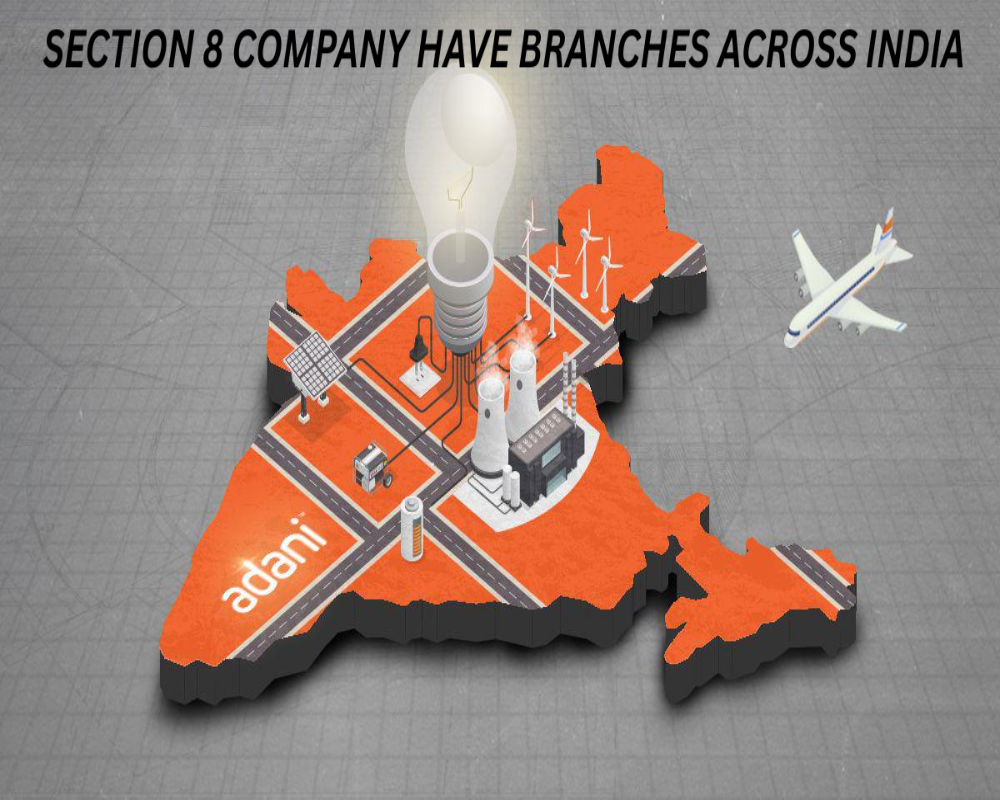1. Permitted to Operate Nationally
- Yes, a Section 8 company is legally allowed to open branches or offices anywhere in India.
- There is no restriction under the Companies Act, 2013, on geographical expansion within the country.
- Branches can support outreach, program implementation, or administrative operations.
- Expansion must align with the company’s charitable and non-profit objectives.
- Each branch functions as part of the same legal entity.
2. No Separate Incorporation Required for Branches
- Branches do not need separate registration or incorporation.
- They operate under the same CIN (Corporate Identification Number) and license granted to the main company.
- Activities and financials of each branch must be consolidated in the company’s central books of accounts.
- However, notification to authorities may be needed if the branch serves as a new registered office.
- GST and local registrations may be separately required for operational compliance.
3. Board Approval and Documentation
- The decision to establish a branch must be approved by the Board of Directors.
- Resolutions should mention the location, purpose, and functions of the new branch.
- Rent agreements, utility bills, and NOC from property owners are required if the branch is in rented premises.
- These documents must be maintained for audit and statutory purposes.
- Intimation of significant changes can be filed with the Registrar of Companies.
4. Compliance and Statutory Obligations
- All branches must comply with applicable state laws, labor regulations, and local municipal rules.
- Each branch’s transactions should be recorded accurately to maintain financial transparency.
- Central statutory filings (AOC-4, MGT-7, ITR-7) must include data from all branches.
- Donations, grants, and activities at each location must be tracked properly.
- Separate GST registration may be required in each state if applicable.
5. Enhancing Reach and Impact
- Establishing branches helps Section 8 companies expand their impact and reach underserved areas.
- It allows better coordination of regional programs and localized service delivery.
- Branches support decentralized management while maintaining unified governance.
- This structure is particularly useful for education, healthcare, and livelihood projects.
- Operational efficiency and public trust are improved with local presence.


0 Comments